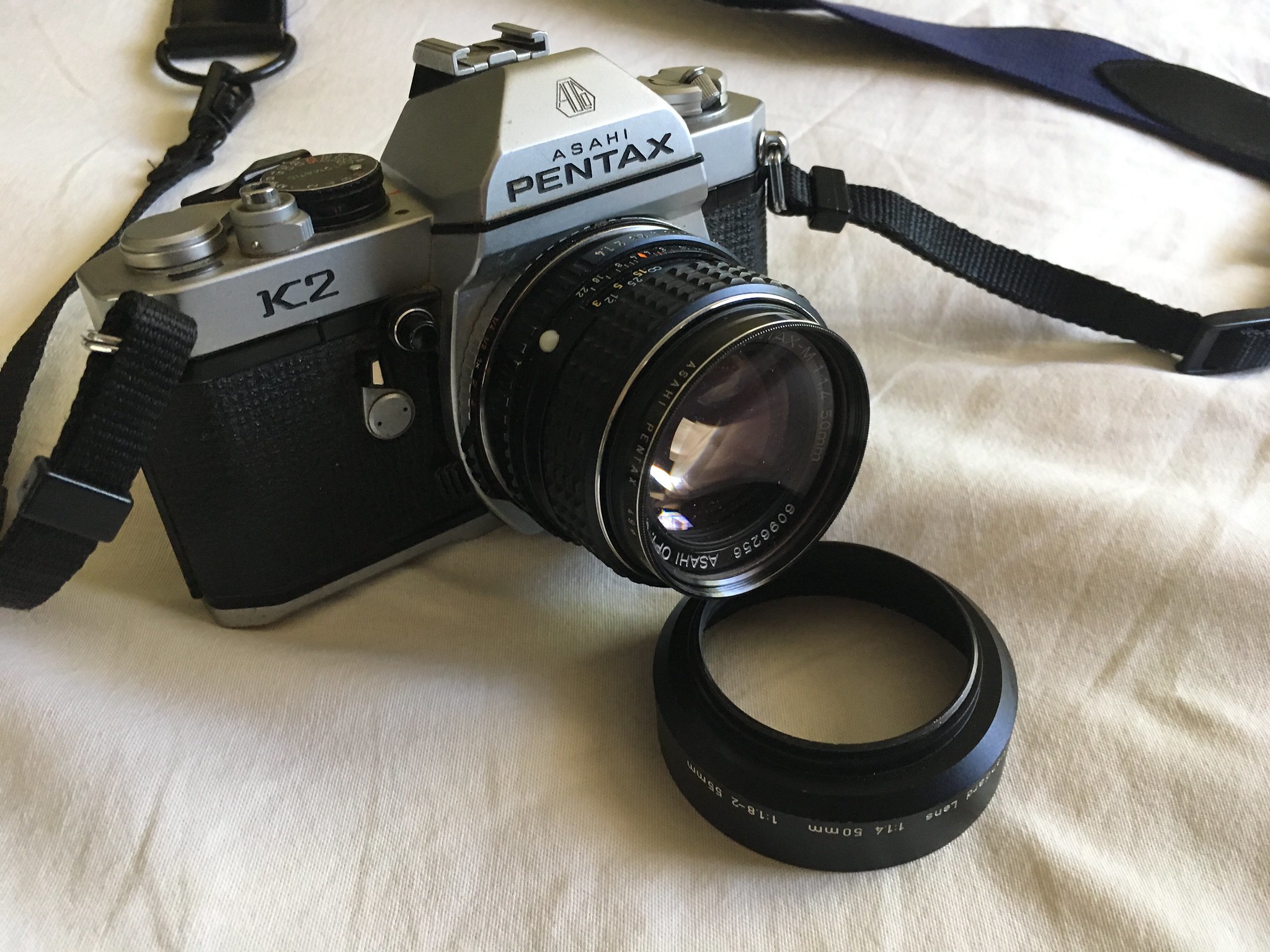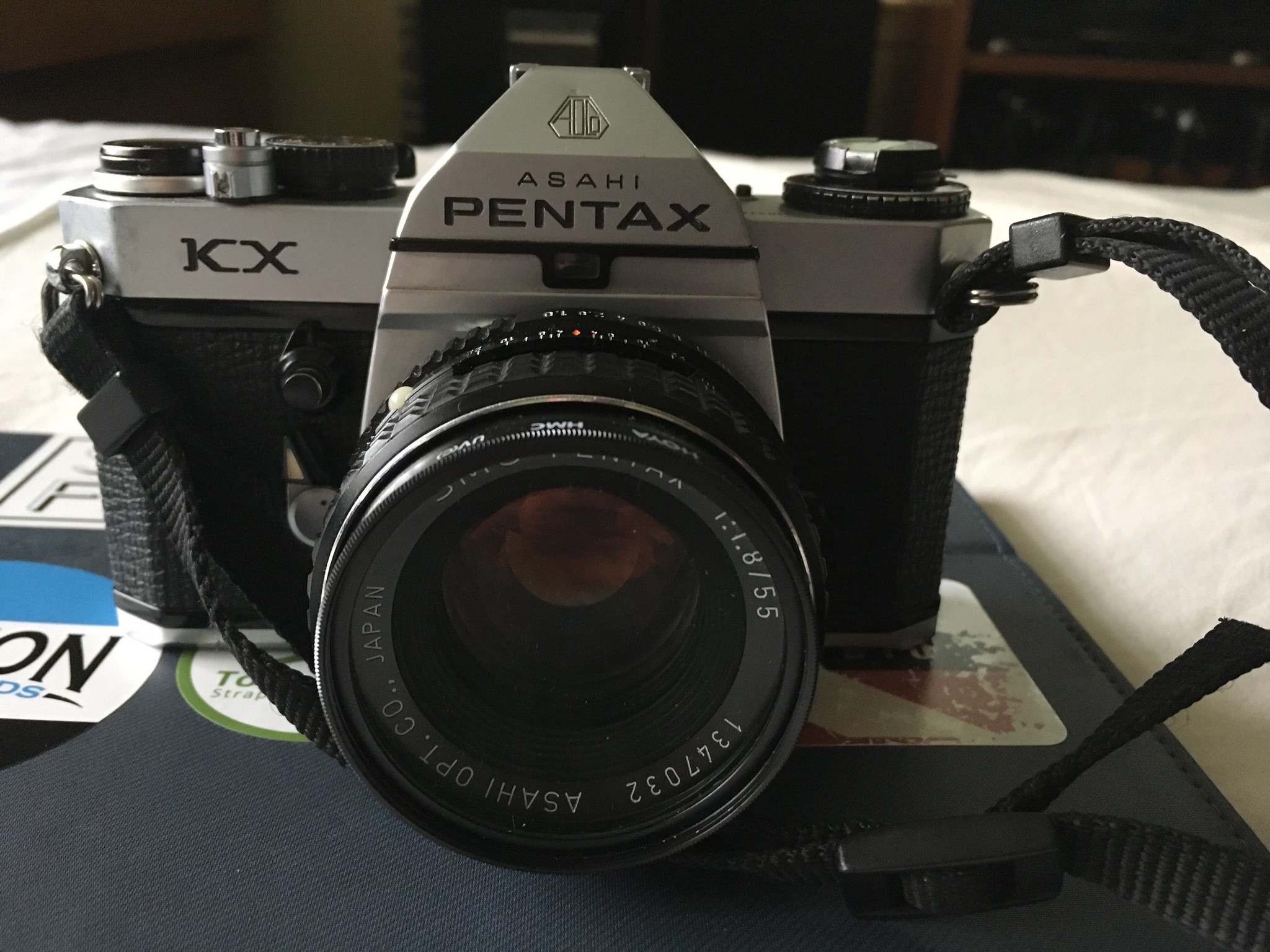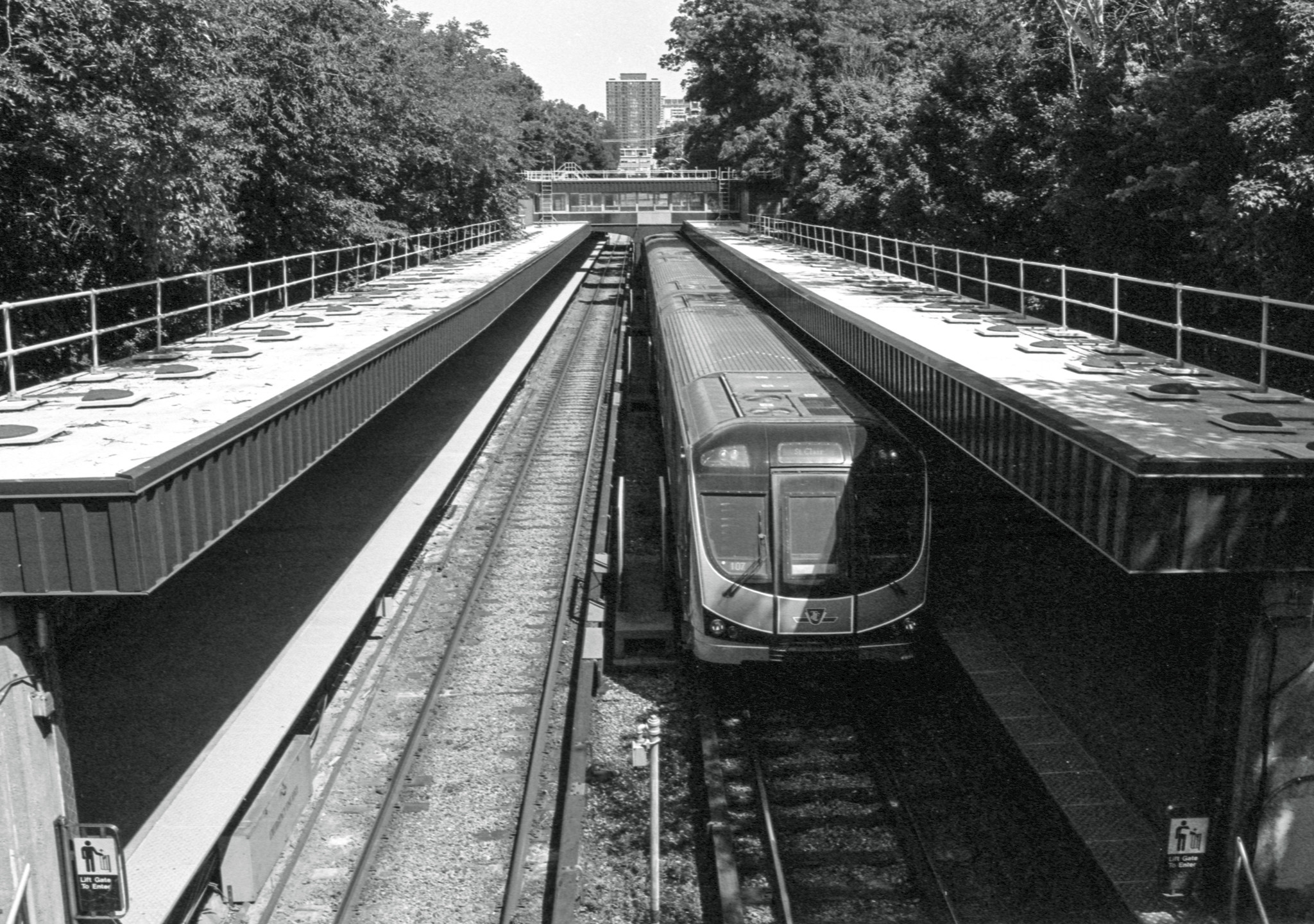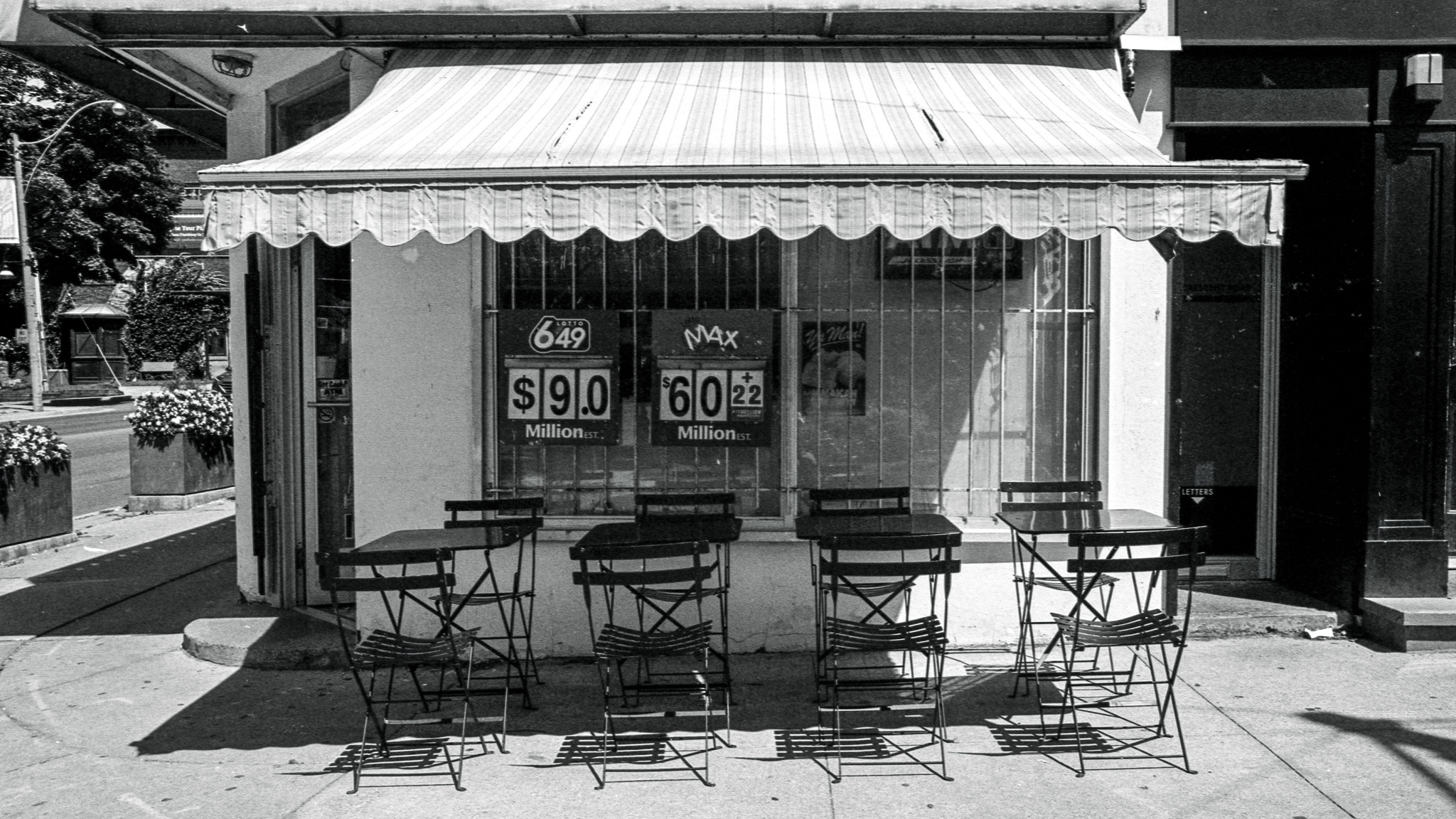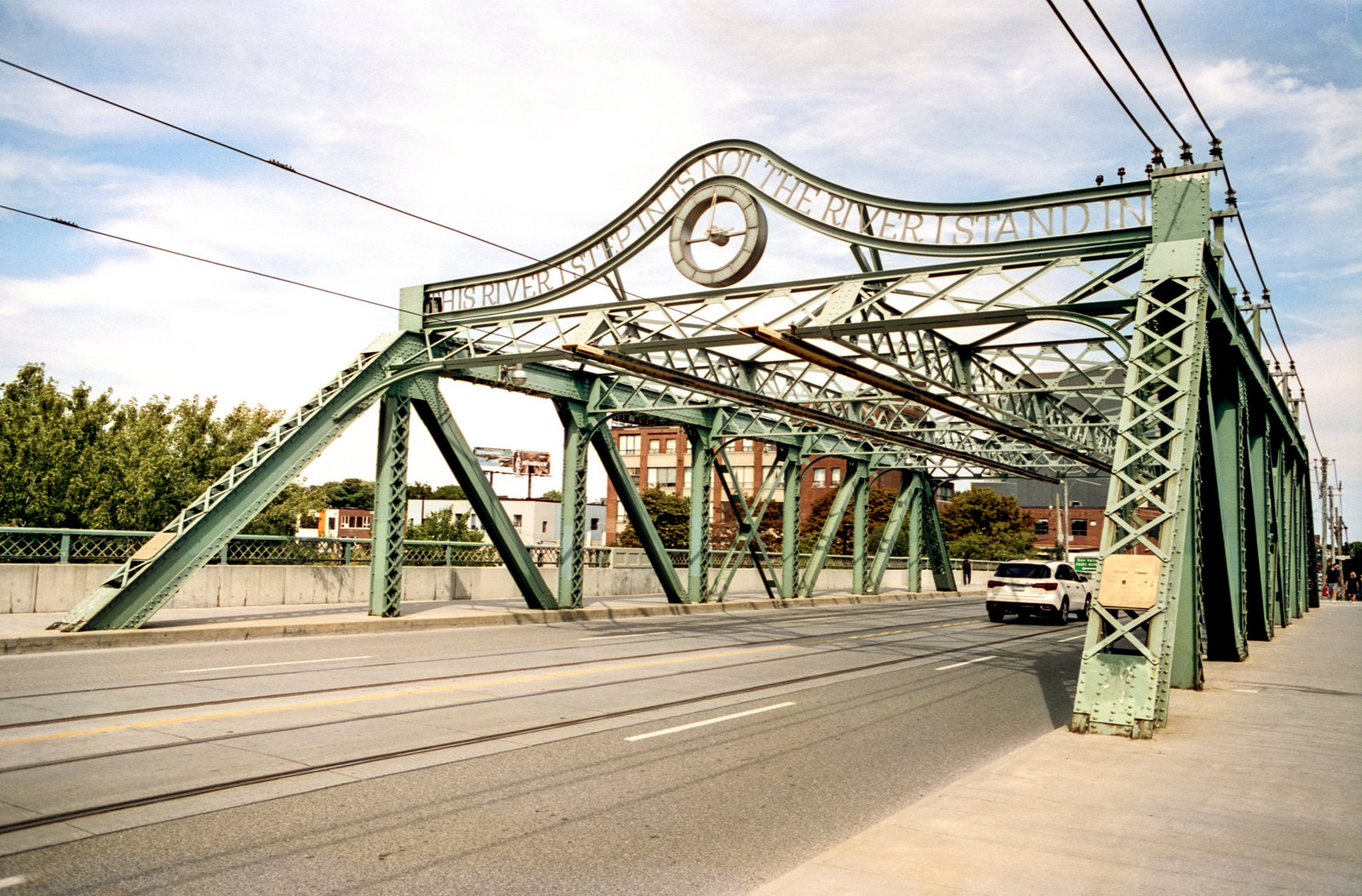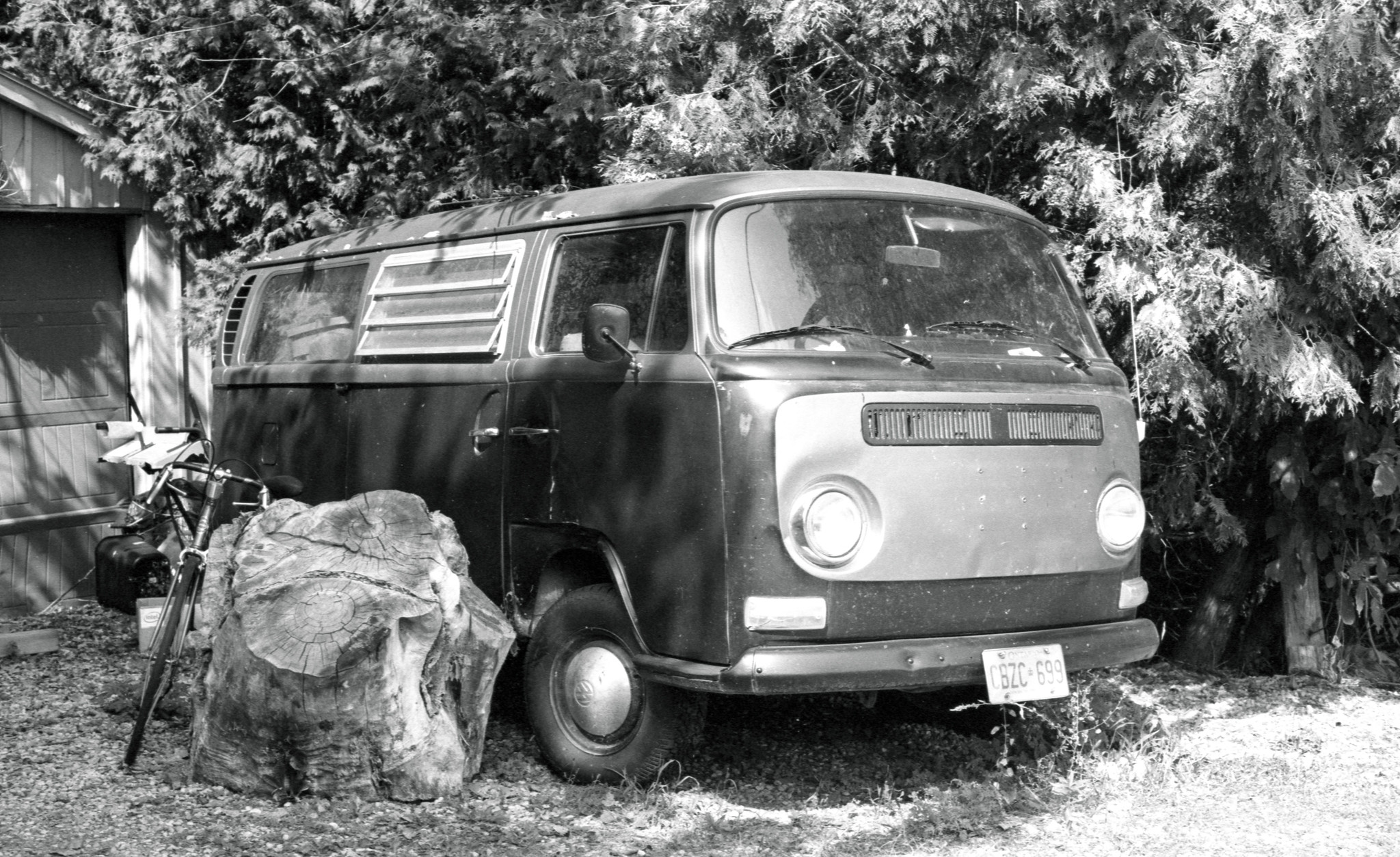Everyone knows the Pentax K1000, a camera with a long history going from the mid 1970s until the end of the 1990s. We’re not talking about that. I want to show you three cameras in the Pentax line up though with a short history from 1975 to 1978: we’re talking about the KM, KX, and K2. Three cameras people don’t look at as much but they should, K1000’s are getting silly expensive for what they are, and as my local camera pusher coins run into the dirt like a Ford Crown Victoria police cruiser turned taxi cab. Before we get there, we’ve got to talk a bit about the K mount.
By the late 1960s, Asahi Pentax was selling cargo ship loads of Spotmatics and M-42 Takumar lenses to the world, but the lens mount was getting long in the tooth since competitors went to breech lock (Canon) and bayonet mount (Nikon and Minolta). Another Camera manufacturer, Germany’s Zeiss Ikon, was looking for a design and manufacturing partner; a collaboration on the K-mount was struck with Asahi Optical. In a parallel universe somewhere there would be K mount bodies looking like the Pentax KM/KX/K2 with either the Zeiss Ikon or Contax brand name on them. That didn’t happen; by 1975 Zeiss Ikon made the decision to leave the camera manufacturing business just to focus on optics. Asahi Pentax was left with a new lens mount and they decided to make it open source so companies like Chinon and Ricoh could piggy back on. The K mount is still used today by Pentax in their line of DSLRs.
The Pentax KM, KX and K2 were a continuation and improvement of the Spotmatic and the Spotmatic ESII. Cosmetically at a distance, if you squint a bit, they look the same, the ergonomic layouts are similar. All of them take 1.5v SR44/Energizer 357 batteries which are super easy to find.
Let’s start with the KM, it was the entry level model, note the K1000 didn’t arrive until a year later as the student and budget special. The KM is for all intents and purposes a Spotmatic F with open aperture metering (the lens hood is the on/off switch) minus the shutter lock and of course with the K mount. If you look through the prism, you’re met with the same meter reading as Spotmatic F or the K1000. This is a fun camera to use, pretty low tech and light years ahead, and ironically cheaper than the K1000.
Stepping up to a new level, the KX had an upgraded light meter you can turn on and off just like a Nikon FM or FE with the film advance meter. The Meter read out is just like the Nikon FE and Nikkormat EL. One more added feature was an aperture readout in the viewfinder just like Nikon Ai cameras released a few short years later. Pentax got it right with this camera. If you are looking for the best of all possible worlds, I would just say get KX, or two (one for colour the other for black and white) and be done with it.
The top of the line K2 is altogether a different animal. Unlike the KM and KX, it had a vertical electronically controlled copal shutter with a flash sync of 1/125, it has the same meter display as the KX along with the on/off switch being the film advance lever. The K2 is light years ahead of the ESII with full manual control of all speeds from B to 1/1000 when you’re not in aperture priority mode. Two years into the product cycle Pentax introduced the K2DMD which had a motor drive and was positioned for advanced and professional shooters. The K2DMD was made to about 1980, ultimately being replaced by the LX. The one achilles heal for this camera, aside from the electronics being over 40 years old, is the film speed and exposure compensation being on the lens mount: they can get pretty stiff over time and can be a be a fingernail breaking exercise if you’re not careful.
All three cameras were discontinued in late 1977/early1978 to be replaced by the super compact MX and ME(Super); the K2DMD soldiered on for two more years. The K1000 outlived them all by having its production moved to Hong Kong and later mainland China.
The KM/KX/K2 are fun to shoot with, adhering to Asahi Pentax’s “Just Hold One” branding. If you want the K1000 experience but want depth of preview, mirror lock up, and a self timer, the KM is your camera. The KX is the big step up, and the one I recommend if you want the upgraded meter, but are leery of the K2’s electronics.
Now the K2 is an interesting camera. In fact, if you don’t have the budget for an LX, I would take a good long look at this one. Yes the electronics are up there in age, but they are light years ahead of the Electro Spotmatics which are by and large paperweights now. The K2DMD is fetching K1000 prices as it is a sought after camera and the last from the Spotmatic design ethos from a decade before, and it had a motor drive.
Budget wise all three bodies can be found at camera shows for around $100 US or CAD. I would budget money for a CLA, especially for the K2. As mentioned above, the K2DMD is worth a lot more, in some cases between $200 to $300. Make sure the motor drive works.
Now we talked about the camera bodies so much: the SMC Pentax K and SMC Pentax M K mount lenses are just as much amazing glass as the Super (Multi Coated) Takumars. The SMC Pentax K mount lenses were produced between 1975 and 1978, and were 52mm diameter for lens filter and hoods. The SMC Pentax M lenses were launched the same time as the MX and ME(Super), had a 49mm diameter, and are more plentiful out there in the second hand market due to the longer production run. As for what’s best, my recommendation is read the Pentax Forums reviews. Let’s just say the fans are very detailed in their reviews for OEM and aftermarket lenses and you won’t be steered wrong.
So there you have it, an introduction to what I call the Special K Pentax line up: a trio of below the radar SLRs only made for a few short years that were overshadowed by the budget model.
Connect
Bill Smith, an Ontario-based film photographer, specializes in landscape, street, architecture and portraiture. Follow Bill on Twitter or Instagram.

